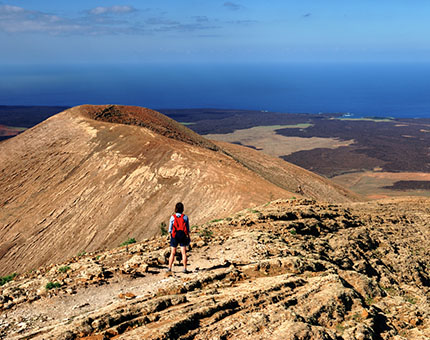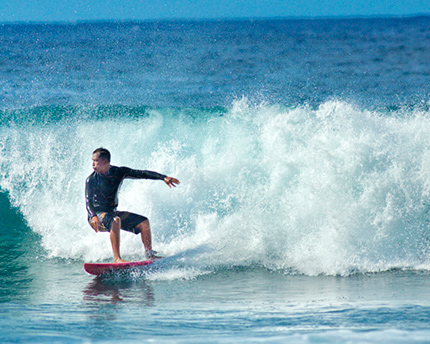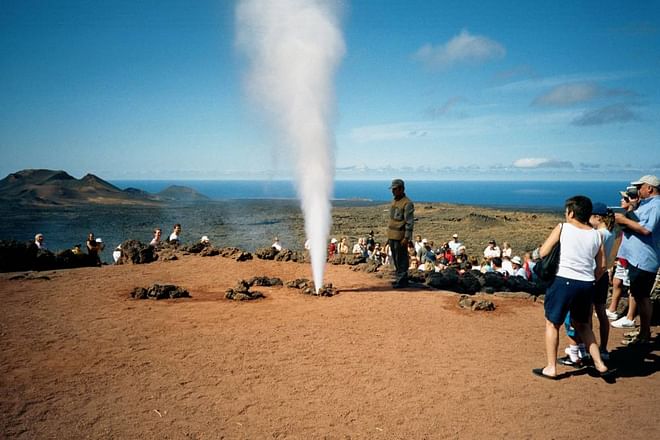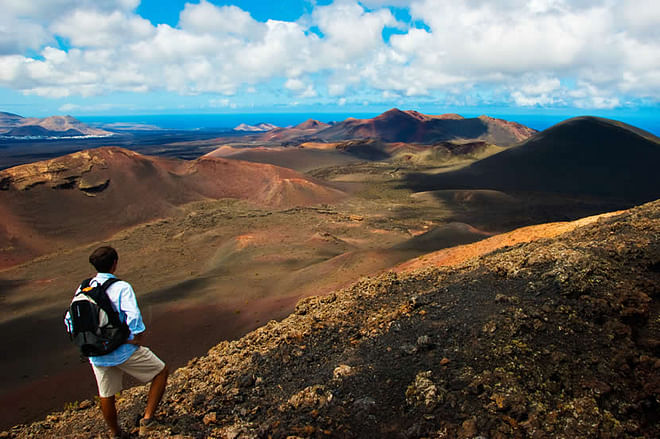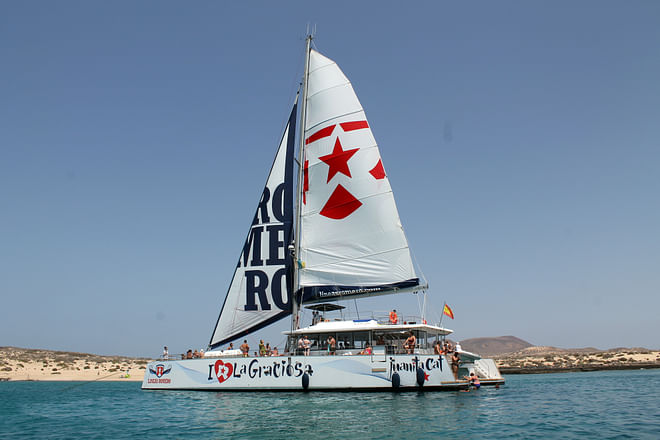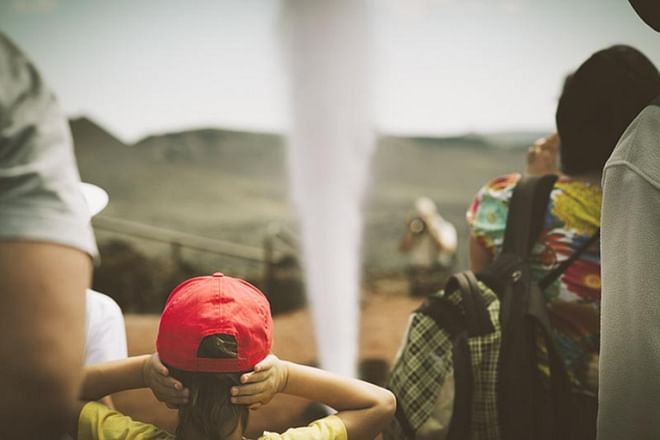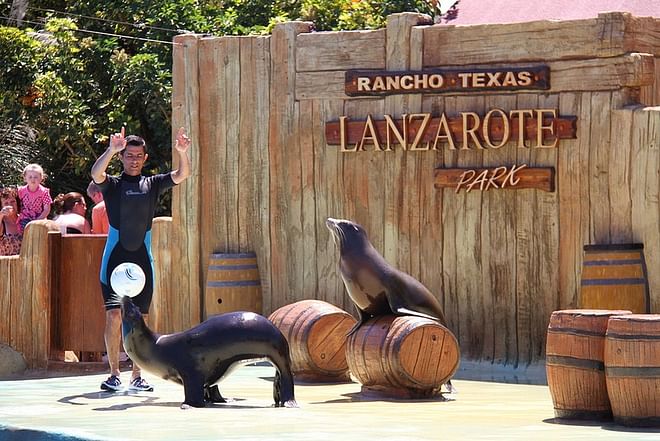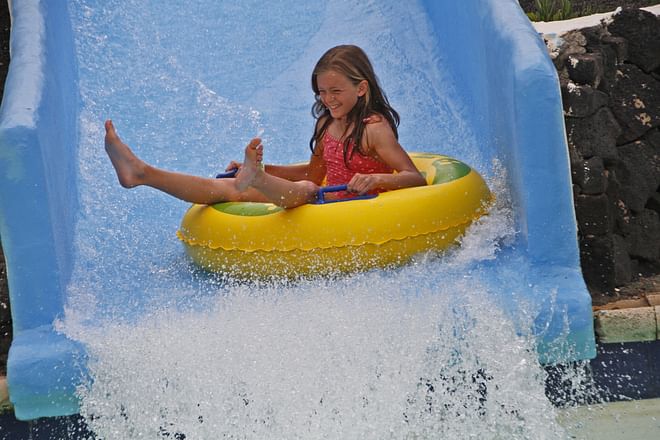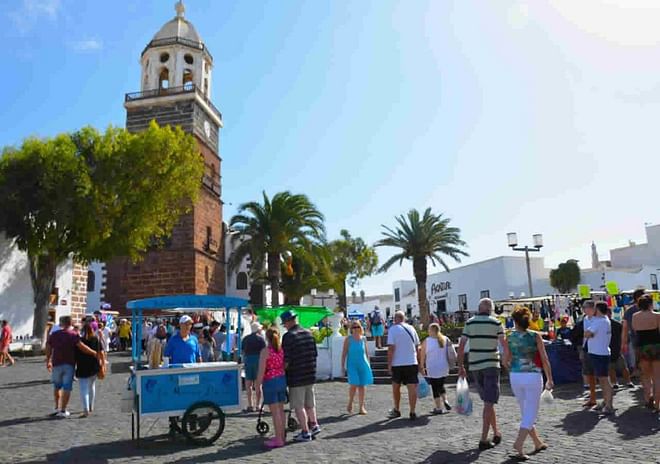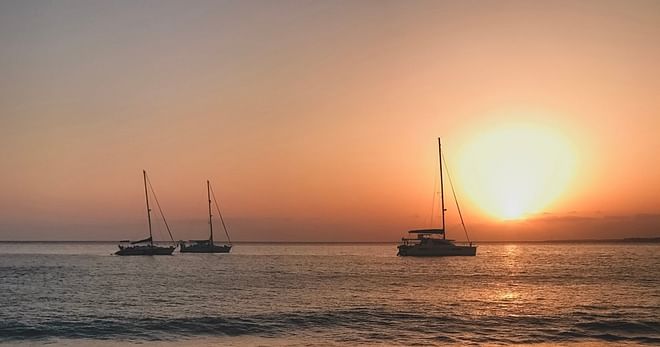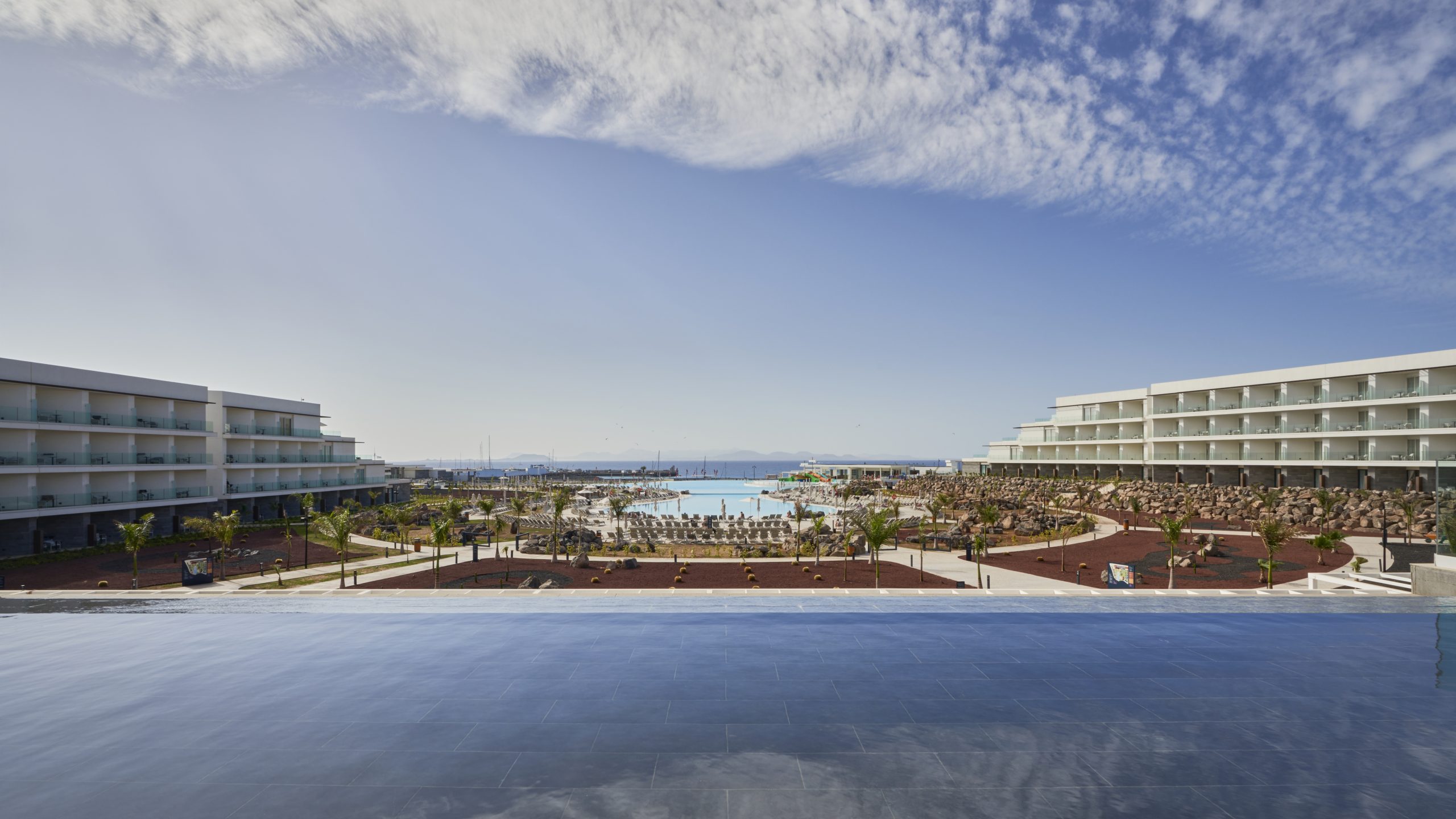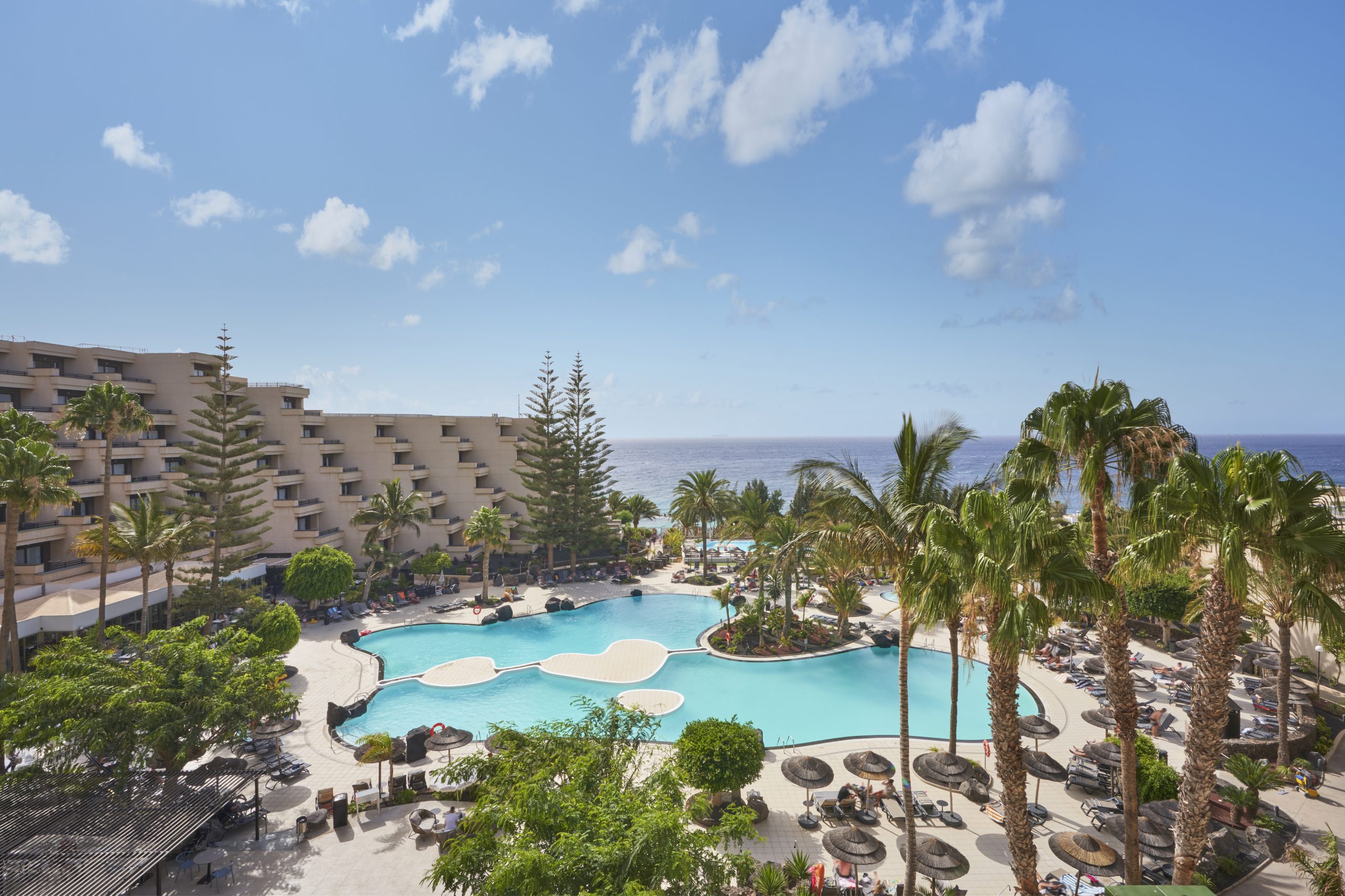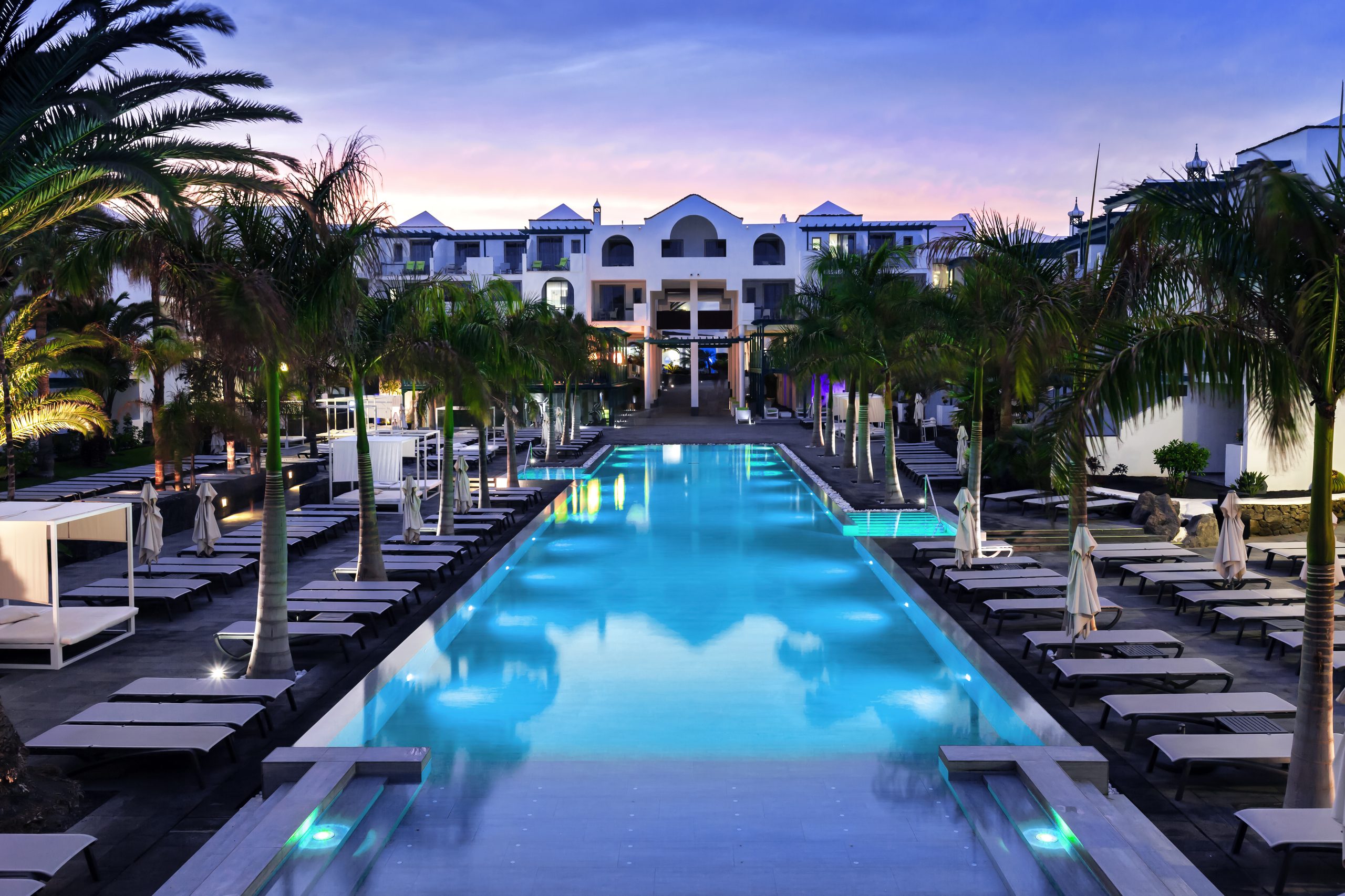Lanzarote is one of the first scuba diving destinations that people think of when planning a trip to enjoy the depths of the ocean. This Canary Island has all the necessary ingredients: clear water for visibility at 20 metres or more, temperatures between 18 and 25°C, and over 100 dive sites. Beyond the water, the local tourist attractions and cuisine are also quite appealing.
Whether you are an expert scuba diver or are starting out in this sport, Lanzarote awaits with its stunning nature and countless scuba diving centres that offer lessons, equipment rentals and expert local guides. The most popular dives are in Puerto del Carmen, which features underwater landscapes of volcanic lava, fish, grottoes and deep-sea creatures. Other scuba diving spots include Playa Papagayo in Playa Blanca, La Graciosa in the Chinijo archipelago and Charco de San Ginés in Arrecife.
Where to go scuba diving in Lanzarote: Puerto del Carmen
We have selected the top three dives in Lanzarote, although there are many others to be considered. The most popular is Blue Hole, in Puerto del Carmen, and it includes a hearty serving of adventure. This blue hole is in fact a tunnel connecting a shallow sand area (which is why it is reached by swimming from the coast) with the ocean depths. While scuba diving, you can take in an array of species ranging from seahorses to angel sharks, manta rays and gorgeous orange corals.
If aside in addition to fish you’d also like to see swarms of prawns, then make your way to Playa Chica and dive to a depth of 40 metres. Here you will find the cave Cueva de las Gambas. Because of its natural wealth and uniqueness, this spot was declared a Special Conservation Area within the Natura 2000 network. During this dive, aside from prawns, you will also be able to see groupers (which stalk the prawns), a field of garden eels, and Atlantic damselfish, swallowtail seaperch and flabellina species.
Lastly, the dive known as La Catedral is a favourite because of its vertical walls, sandbanks, grottoes and even a wreckage. Starting from the beach, upon crossing a sandy area filled with marine life, there is a cave at a depth of approximately 30 metres. Pay attention because along the way you will see gardens, lizardfish, spiderfish, crabs, monkfish, stingrays and sponges, among other things. Two interesting facts about this dive: the presence of a grouper, who locals have named Félix, and a stretch of black coral.
Dive into Playa Blanca
Playa Blanca, the favourite spot for less-experienced scuba divers, has many interesting elements that are worth mentioning. The usual dive begins at Playa Papagayo, a spectacular cove with golden sand and emerald water. Be sure to bring your snorkelling gear because it is all you need to explore the reef and see ornate wrasses, parrotfish and spider crabs.
Other scuba diving options at Playa Blanca can be found at Las Coloradas, where you can feast your eyes on the underwater rocks and countless fish; Punta Berruco, where the fun lies in finding small caves and shoals; El Emisario, featuring the large pipelines of a marine outfall and the surrounding sea life; and Playa Flamingo, where the excellent visibility invites less-experienced divers to gaze at dozens of marine species.
Scuba diving in La Graciosa
Covering 707 square kilometres, the Marine Reserve of La Graciosa Island and the Islets of North Lanzarote is one of the largest in Europe. The seafloor around these volcanic islands and the nutrient-rich waters contribute to the area’s biodiversity. It is easy to spot dolphins, whales, turtles and even sharks.
Two dives to add to your list are: Las Cañas, where you can swim through a labyrinth carved out of rock formations into arches, columns and caves where anchovies, bogues and bastard grunt fish and play hide and seek. If the sea conditions are not suitable for scuba diving at this spot, you can always go with plan B, which consists of exploring the underwater world around Montaña Amarilla, which boasts interesting geological formations and interesting marine life.
Museo Atlántico
Scuba diving enthusiasts will be over the moon with the underwater museum at a depth of 12 metres. Museo Atlántico is an original project sponsored by Jason deCaires Taylor to preserve, protect and share knowledge of the underwater world. This artist, known as a fierce defender of the oceans, has created an artificial reef with an exhibition featuring sculptures made with pH-neutral concrete.
Over the course of time, the composition of the statues at the Lanzarote Underwater Museum will help improve the marine biomass and promote the reproduction of species. Founded in 2016, it is already fulfilling its purpose, as confirmed by the presence of barracudas, sardines, octopuses and angel sharks. Despite being an unconventional museum, the 2,500 m2 enclosed area is clearly marked for snorkellers and scuba divers to enjoy the 12 exhibits. To visit the museum, go to Bahía de las Coloradas, on the southern end of Lanzarote.
How to visit the Underwater Museum
Since this underwater museum is one of Lanzarote’s Centres for Art and Culture, it strives to help people gain a better understanding of nature.
To visit Museo Atlántico, request a guided tour at an official scuba diving centre with instructors trained by the artist. You must also have a dive licence for at least a 16-metre depth.




































































